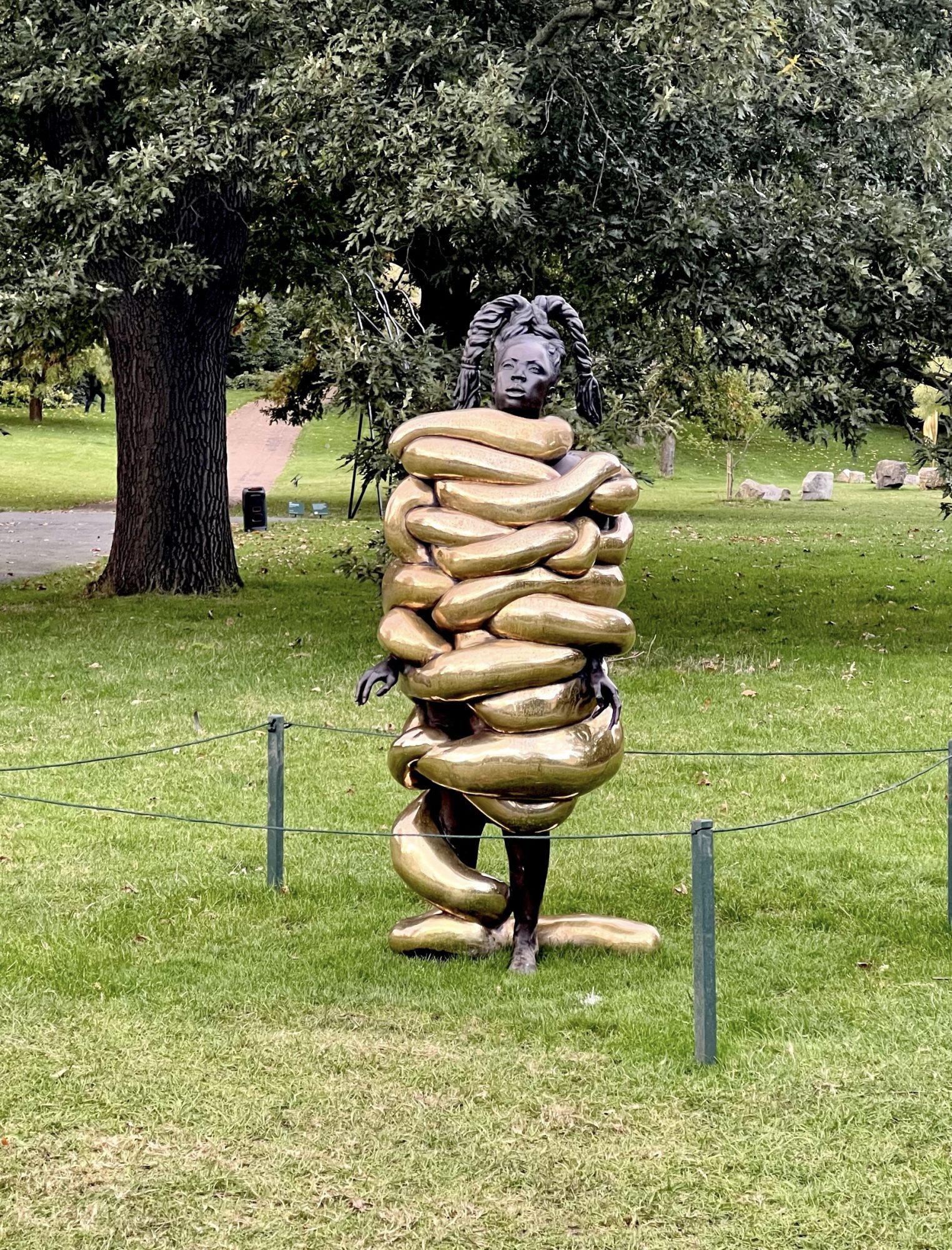
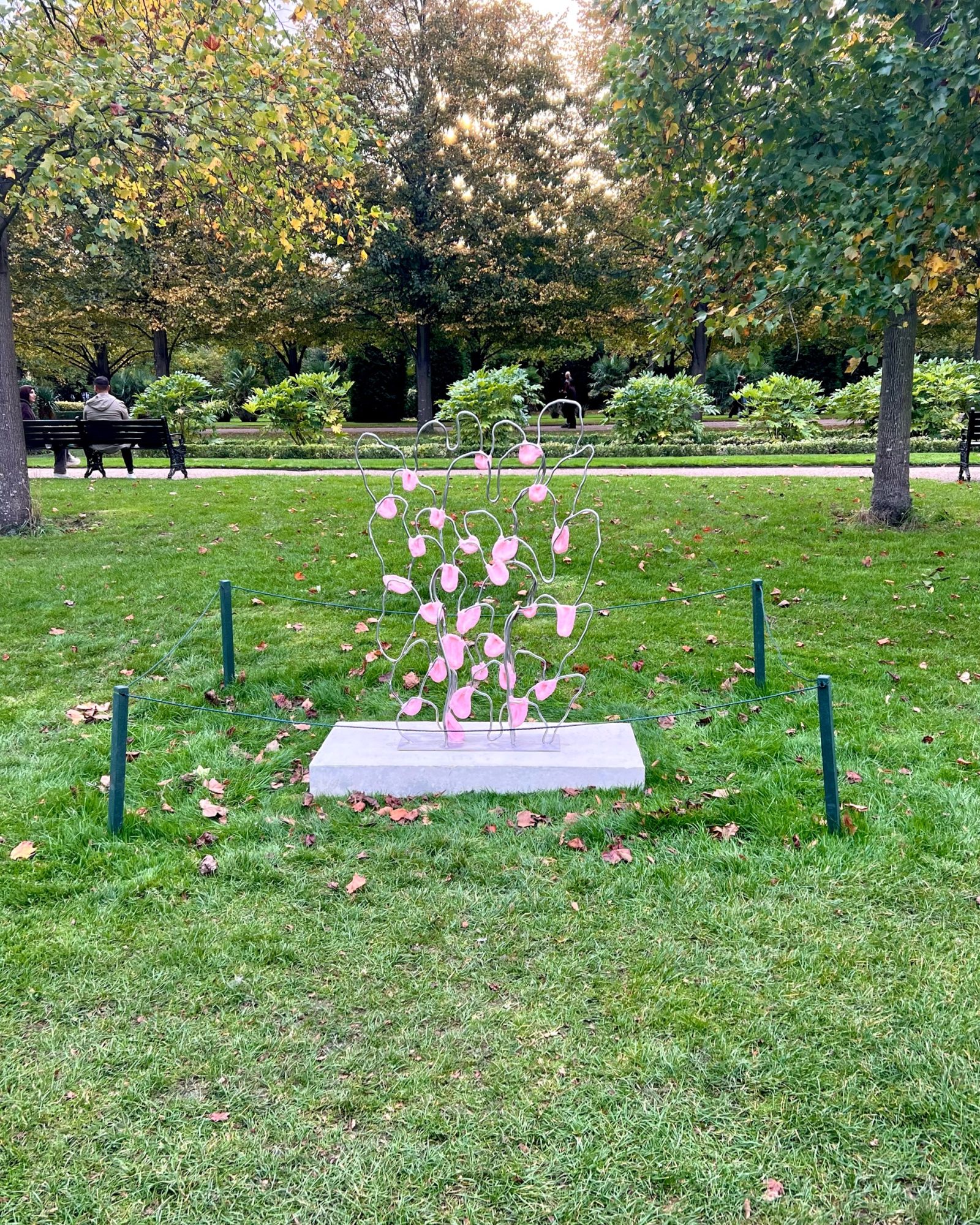
Display was central focus; visitors to Lehmann Maupin’s booth ended up watching Billy Childish as he put his paintbrush to a parade of canvas’ in this stopgap studio, whilst Noé Martínez at Patron left his ceramic figures atop mounds of sand, which meant that observers had to sit on their haunches to appreciate the work. There was also a clear intention to encourage a relationship between the worldly and the otherworldly, the artist and the observer and this was demonstrable with Palace Enterprise’s cartoonishly inflatable penguins by Benedikte Bjerre that were used to consider our influence within an international apparatus of distribution. In the sculpture park, works by Anna Boghiguian (‘Sea & Earth, 2024) and Frances Goodman (‘Pillar IV and Pillar V’, 2024) were in a blatant conversation with one another and consumers were buying into the possibility of adding their voice to this. London’s creative scene reaped the rewards, which were much needed after it was reported the capital’s art space was coming face-to-face with ‘severe headwinds’ and the successes of galleries including Ropac and Stephen Friedman particularly stood out. The latter boasted a sold out booth of 12 paintings that were created by British artists Caroline Walker (prices ranging from £35,000 to 175,000) and Clare Woods (£45,000-70,000).
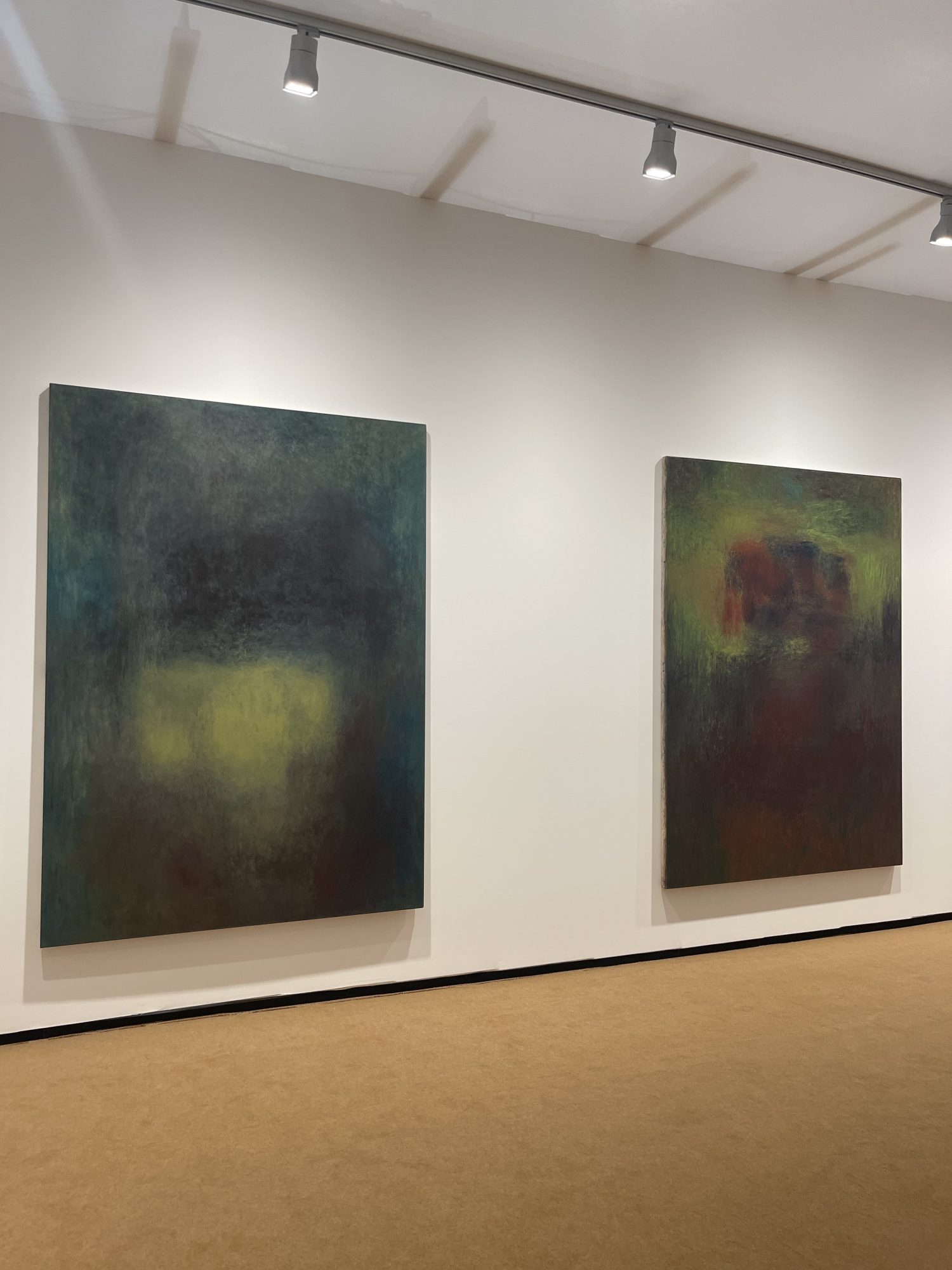
True progression was in the concerted effort Frieze made to boost up smaller and medium-sized, up-and-coming galleries and this was largely acted upon through layout. In a break from previous occasions that would have seen big-name galleries such as Gagosian, Pace, David Zwirner and Hauser & Wirth take the centre, this year shook up the status quo by putting the titans closer to the end, at the fair’s midway point. Brunette Coleman, which made its introduction at Frieze Focus, was one of the younger galleries to reap the benefits, particularly as it sold every piece from Nat Faulkner’s independent presentation just after the fair began.
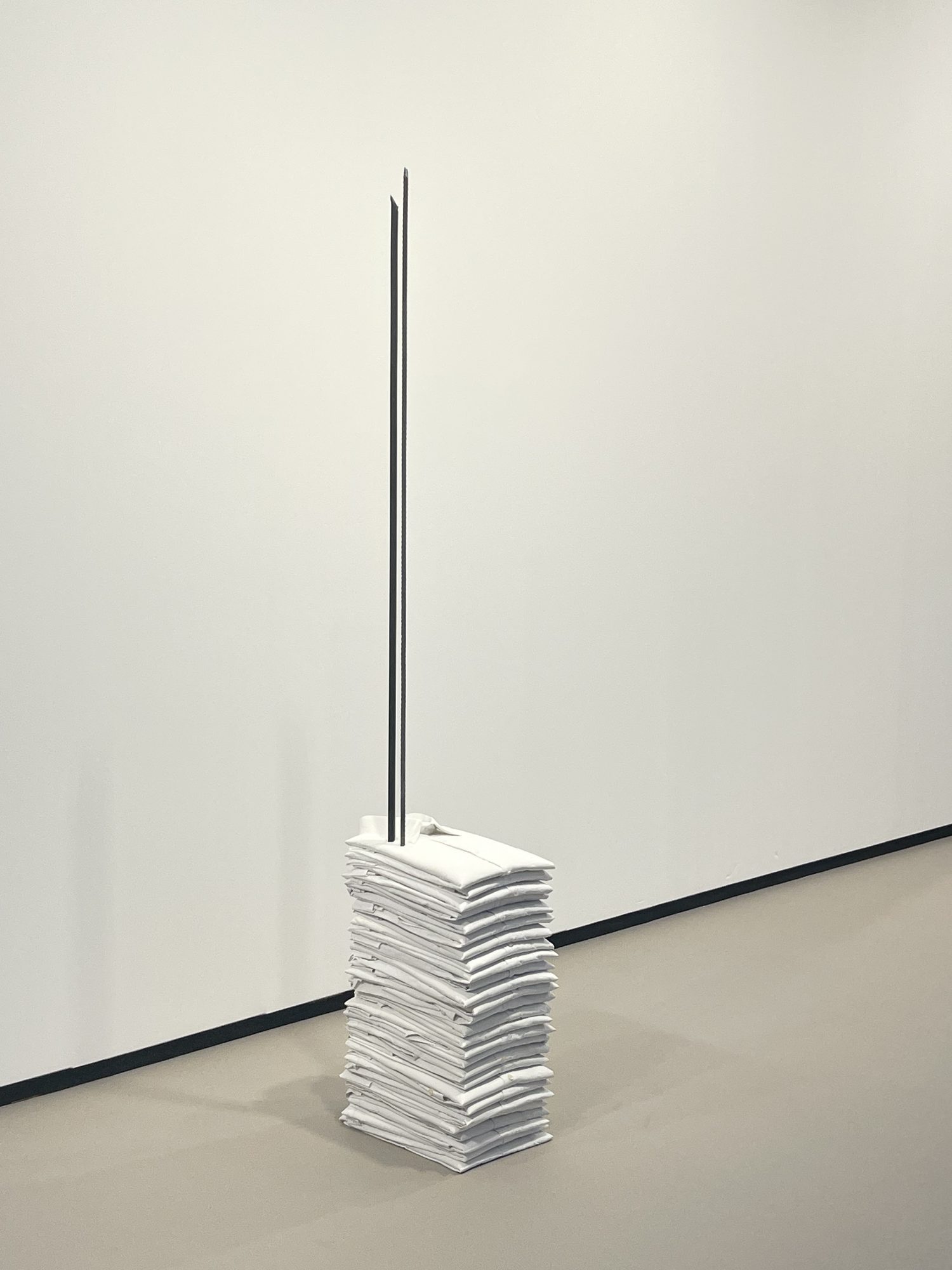
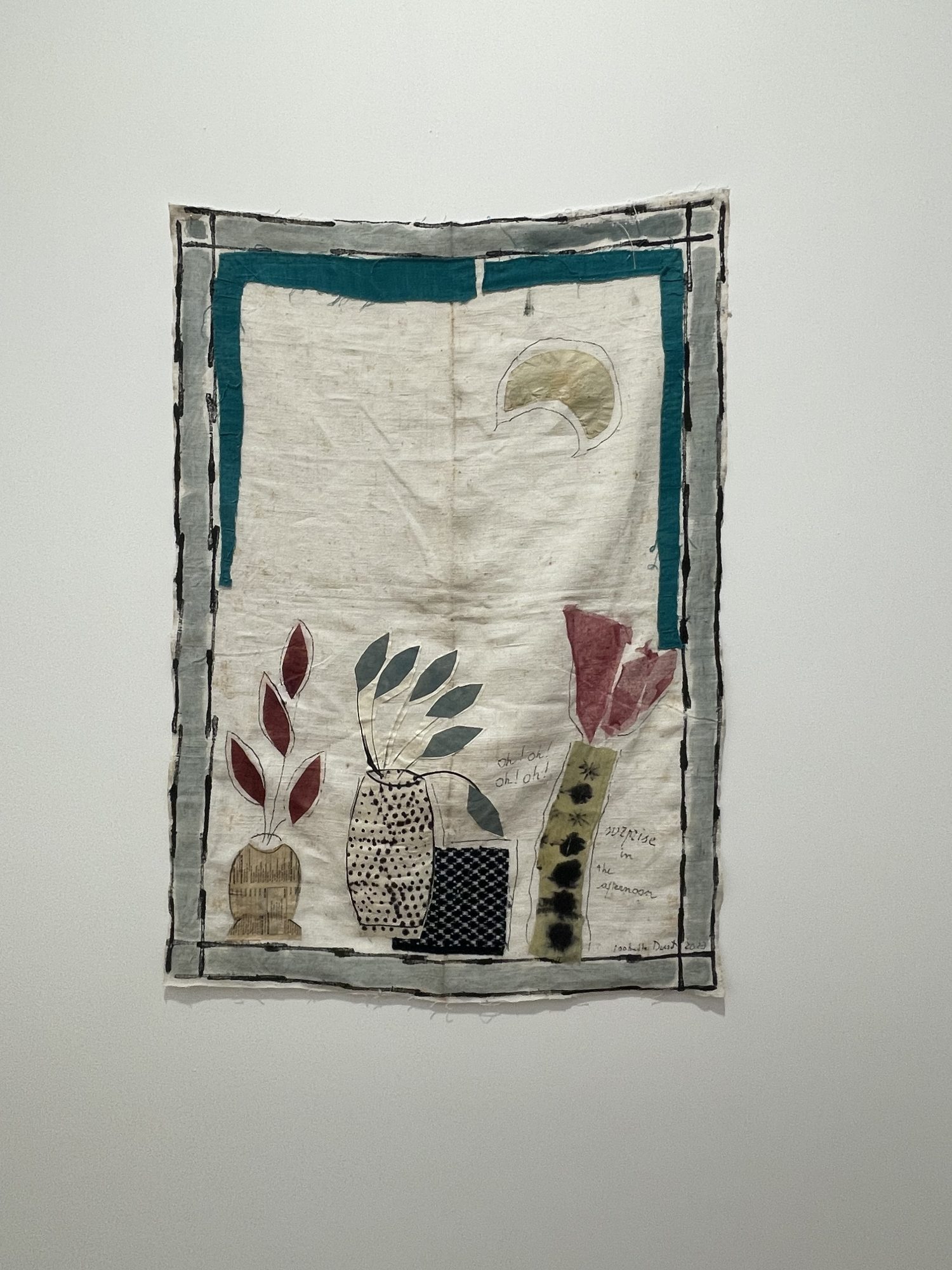
Frieze London (Exhibition Page)
By Sabrina Roman.
Pages: 1 2



